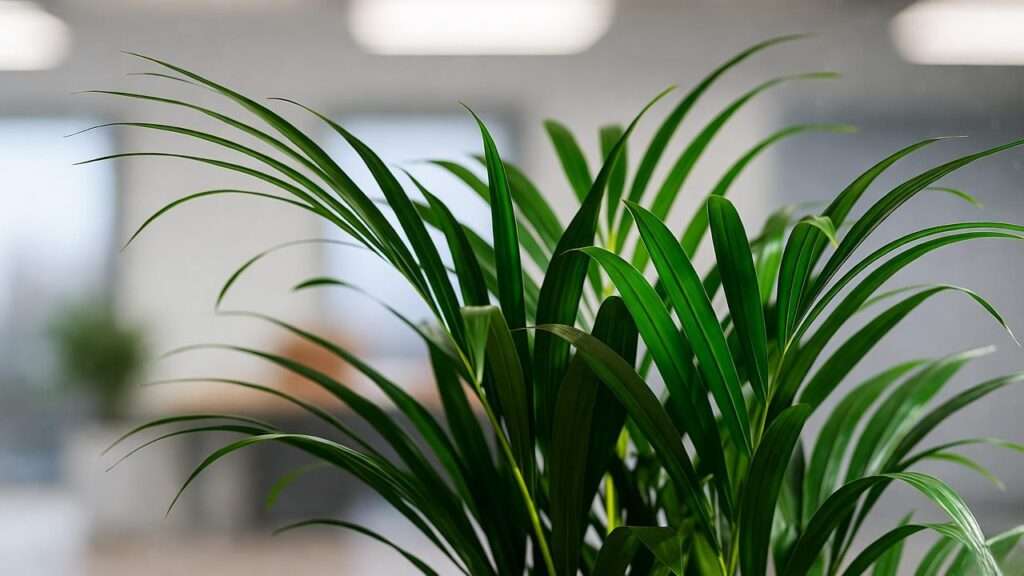Imagine transforming your home or office with a lush, vibrant Janet Craig plant that not only elevates your space but also purifies the air and boosts your mood! 😍 This low-maintenance, tropical beauty, known scientifically as Dracaena fragrans ‘Compacta’, is a favorite among plant lovers for its glossy, dark green leaves and forgiving nature. Whether you’re a beginner or a seasoned plant parent, keeping your Janet Craig plant thriving can sometimes feel tricky. From watering woes to pesky brown leaf tips, this comprehensive guide unlocks expert secrets to ensure your plant flourishes. Ready to create your own indoor jungle? Let’s dive in! 🌿
1. What Is the Janet Craig Plant? 🌿
1.1. Overview of the Janet Craig Plant
The Janet Craig plant is a compact variety of Dracaena fragrans, celebrated for its lush, dark green foliage and slow-growing habit. Typically reaching 1–3 feet indoors, its glossy leaves add a tropical flair to any space. This houseplant is a go-to for its air-purifying qualities, low-maintenance care, and ability to thrive in various environments, making it ideal for homes, offices, or apartments. Its elegant, upright growth and adaptability have earned it a spot as a staple in indoor gardening.
1.2. Origins and History
Native to tropical Africa, the Janet Craig plant thrives in warm, humid climates. Its name traces back to a Florida nursery, adding a charming backstory to this beloved houseplant. Historically, Dracaena species have been used in African cultures for ornamental and medicinal purposes. Today, its sleek aesthetic makes it a favorite in modern interior design, from minimalist offices to cozy homes.
Expert Insight: “The Janet Craig plant is a perfect blend of beauty and resilience,” says Dr. Emily Hart, a botanist with over 20 years of experience. “Its ability to adapt to low light and irregular care makes it a top choice for busy plant enthusiasts.”
2. Why Choose a Janet Craig Plant? 🌟
2.1. Benefits for Your Space
The Janet Craig plant is more than just a pretty face. According to NASA’s Clean Air Study, it effectively removes toxins like formaldehyde, improving indoor air quality. Its compact size and lush foliage make it a versatile addition to any decor style—be it modern, boho, or minimalist. Plus, its low-maintenance nature suits busy lifestyles, requiring minimal effort for maximum impact.
2.2. Common Uses
This plant shines in low-light settings, such as offices, bedrooms, or apartments with limited natural light. Its slow growth means it won’t outgrow your space quickly, making it perfect for tabletops or corners. For beginners, the Janet Craig plant is forgiving, offering a confidence boost for those new to plant care.
Real-Life Example: Sarah, a busy mom from Chicago, transformed her dim living room with a Janet Craig plant. “It’s been six months, and it’s still thriving despite my hectic schedule!” she shares. Her plant sits in a ceramic pot, adding elegance to her cozy space.
3. Essential Care Tips for Your Janet Craig Plant 🌱
3.1. Light Requirements
The Janet Craig plant prefers bright, indirect light but can tolerate low-light conditions, making it ideal for spaces with limited sunlight. Place it near a north- or east-facing window for optimal growth. Direct sunlight, however, can scorch its leaves, causing brown spots. Signs of improper lighting include yellowing leaves or leggy, stretched growth.
Tip: If your plant’s leaves look pale or it’s growing unevenly, try rotating it every few weeks to ensure even light exposure.
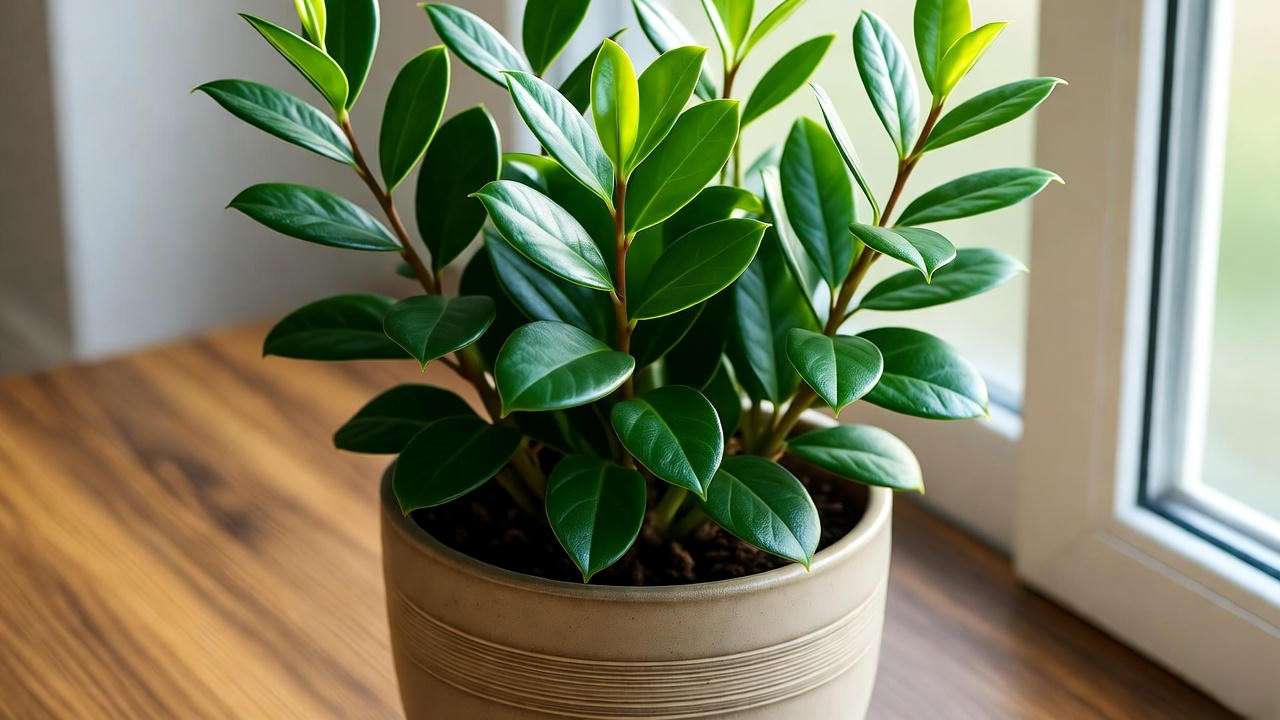
3.2. Watering Needs
Watering is where many Janet Craig plant owners stumble. Water every 1–2 weeks, allowing the top inch of soil to dry out between sessions. Overwatering is a common mistake, leading to root rot or droopy leaves. Use a well-draining potting mix and a pot with drainage holes to prevent water buildup. Always check soil moisture with your finger before watering.
Pro Tip: If you’re unsure, underwater rather than overwater—this plant is more forgiving of dry spells than soggy roots! 💧
3.3. Soil and Potting
A well-draining potting mix is key. Combine standard potting soil with perlite or sand for optimal drainage. Choose a pot with drainage holes to prevent water from pooling. Repot every 2–3 years or when the plant becomes rootbound (roots circling the pot’s interior). When repotting, go up one pot size to give roots room to grow.
3.4. Humidity and Temperature
The Janet Craig plant thrives in moderate humidity (40–60%) and temperatures between 65–80°F (18–27°C). In dry climates, boost humidity with a pebble tray filled with water or occasional misting. Avoid cold drafts or sudden temperature changes, which can stress the plant.
Quick Fix: Place a small humidifier nearby during winter to mimic its tropical origins. 😊
3.5. Fertilizing
Feed your Janet Craig plant monthly during spring and summer with a balanced liquid fertilizer (e.g., 10-10-10) diluted to half strength. Skip fertilizing in fall and winter when growth slows. Over-fertilizing can cause leaf burn, so less is more.
Care Summary Table:
| Aspect | Requirement |
|---|---|
| Light | Bright, indirect; tolerates low light |
| Water | Every 1–2 weeks, soil slightly dry |
| Soil | Well-draining with perlite or sand |
| Humidity | 40–60% |
| Temperature | 65–80°F (18–27°C) |
| Fertilizer | Monthly in spring/summer, diluted |
4. Common Problems and Solutions 🛠️
4.1. Yellowing Leaves
Yellow leaves often signal overwatering, poor drainage, or insufficient light. Check the soil: if it’s soggy, reduce watering and ensure proper drainage. Move the plant to a brighter spot if it’s in deep shade. Trim yellow leaves to encourage new growth.
4.2. Brown Leaf Tips
Brown tips are common and may result from low humidity, fluoride sensitivity (common in tap water), or over-fertilizing. Use distilled or filtered water to avoid fluoride buildup. Increase humidity with a pebble tray or misting. If fertilizing, ensure you’re diluting properly.
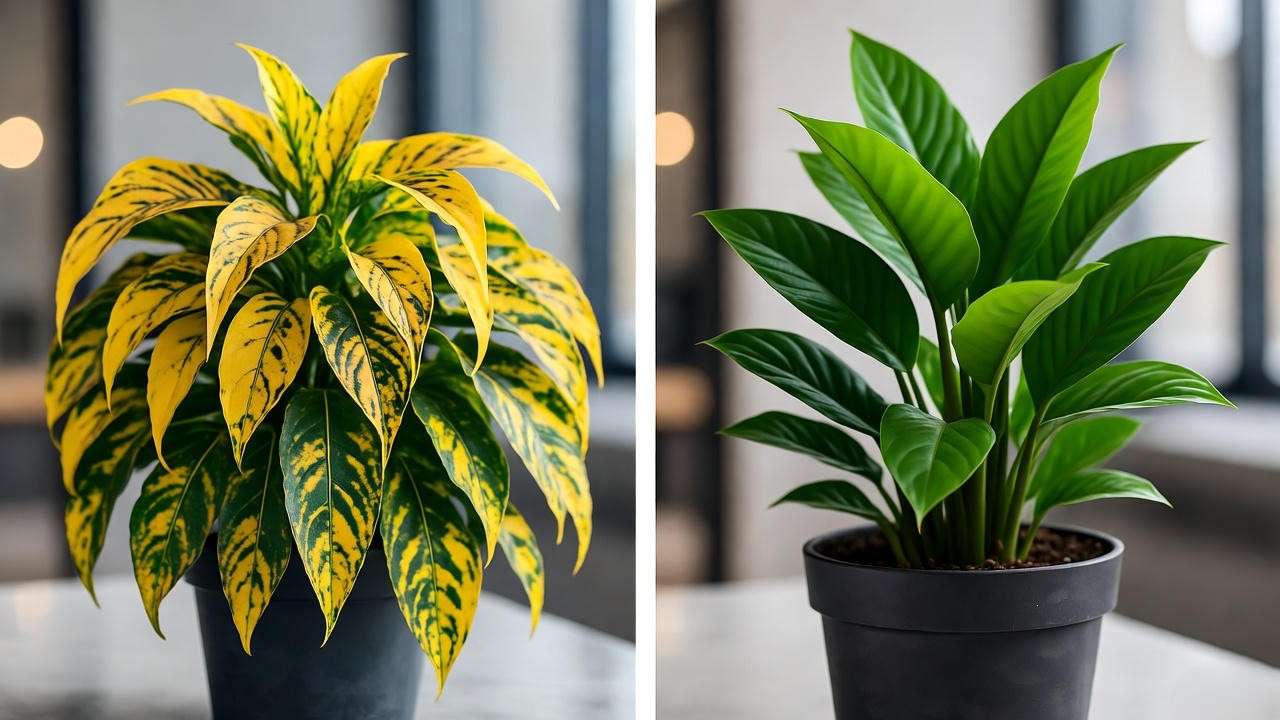
4.3. Pests and Diseases
Spider mites and mealybugs occasionally target Janet Craig plants. Prevent infestations by wiping leaves with a damp cloth weekly. If pests appear, treat with neem oil or insecticidal soap. Apply in the evening to avoid leaf burn, and repeat every 7–10 days until pests are gone.
Success Story: Emma, a plant enthusiast from Seattle, revived her wilting Janet Craig plant by adjusting watering and using distilled water. “It’s now the centerpiece of my living room!” she says.
5. Propagating Your Janet Craig Plant 🌱
5.1. Why Propagate?
Propagating your Janet Craig plant is a rewarding way to expand your plant collection, share with friends, or rejuvenate an older plant. It’s also budget-friendly, allowing you to create new plants without spending a dime! Spring or early summer is the best time to propagate, as the plant is actively growing.
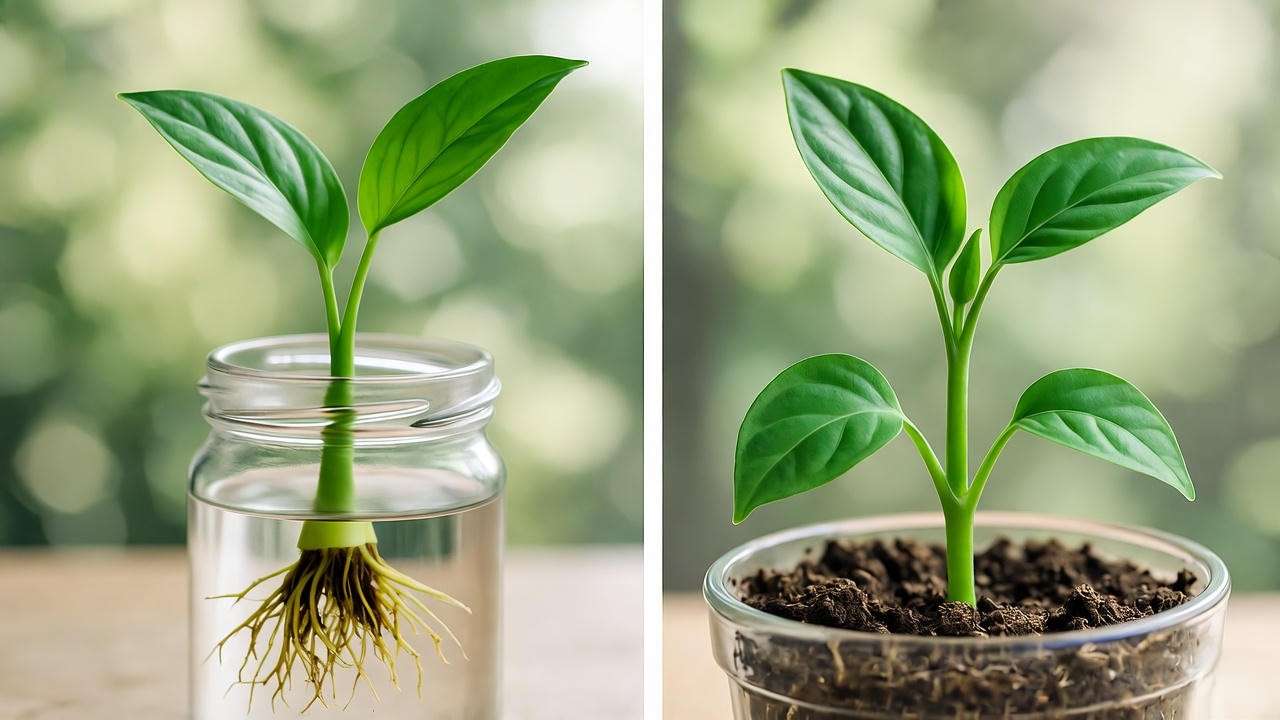
5.2. Step-by-Step Propagation Guide
Propagating a Janet Craig plant is simple with stem cuttings. Here’s how to do it:
- Choose a Healthy Stem: Select a healthy, mature stem with several leaves. Look for a section at least 4–6 inches long.
- Cut the Stem: Using clean, sharp scissors, cut just below a node (where leaves attach). Sterilize your tools with rubbing alcohol to prevent disease.
- Prepare the Cutting: Remove lower leaves, leaving 2–3 at the top. Optionally, dip the cut end in rooting hormone to speed up rooting.
- Root in Water or Soil:
- Water: Place the cutting in a jar of distilled water, ensuring the node is submerged. Change the water every 3–4 days. Roots should appear in 2–4 weeks.
- Soil: Plant the cutting in a small pot with moist, well-draining soil. Cover with a plastic bag to maintain humidity, but allow air circulation.
- Transplant: Once roots are 1–2 inches long (in water) or the cutting feels anchored (in soil), transfer to a pot with standard Janet Craig plant soil mix.
- Care for New Plant: Keep the new plant in bright, indirect light and water sparingly until established.
Pro Tip: Patience is key! Rooting can take time, but a warm, humid environment speeds things up. 🌿
Visual Aid Suggestion: Include a step-by-step infographic showing the cutting, rooting, and planting stages for easy reference.
6. Styling and Displaying Your Janet Craig Plant 🏡
6.1. Best Placement Ideas
The Janet Craig plant is a decor chameleon, fitting seamlessly into any space. Place it in a corner to add height, on a tabletop for a pop of green, or near a window with filtered light for optimal growth. Its compact size makes it perfect for small apartments or offices. Elevate its look with a sleek ceramic pot or a woven basket for a boho vibe.
Styling Idea: Pair your plant with a minimalist white pot for a modern look or a colorful glazed pot for a playful touch. 😍
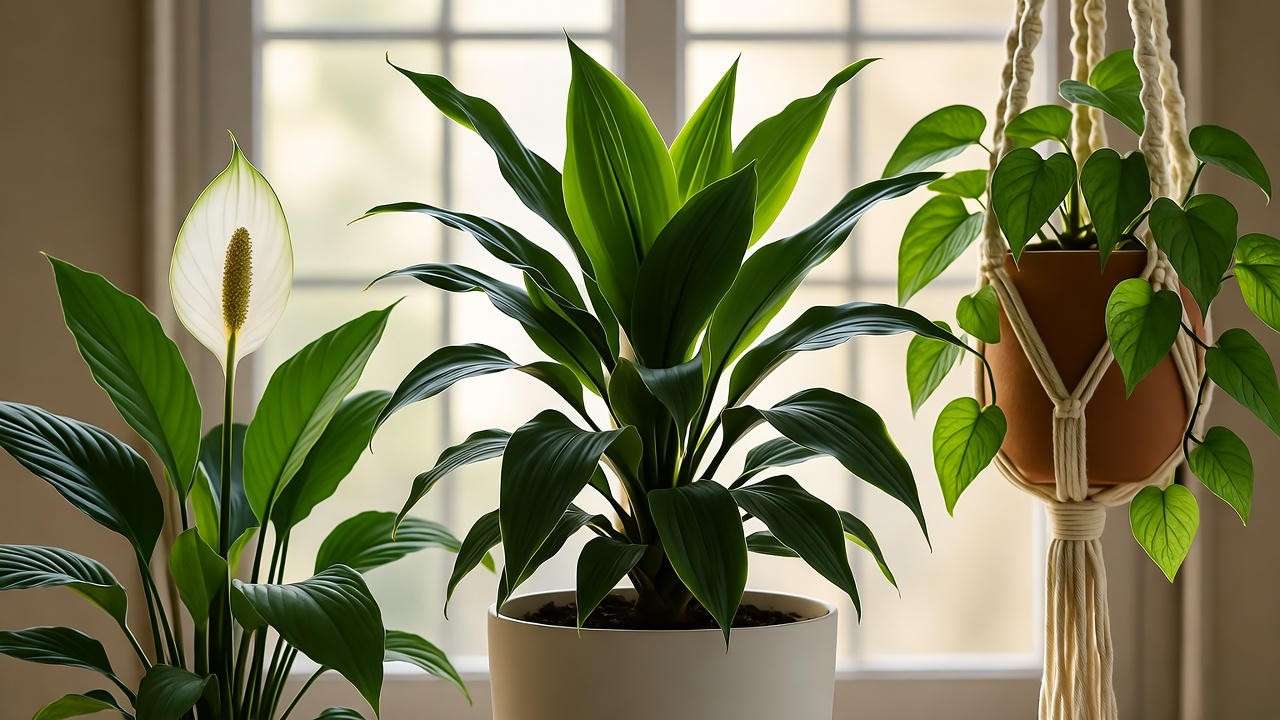
6.2. Combining with Other Plants
Create a lush indoor jungle by grouping your Janet Craig plant with other low-light lovers like peace lilies, pothos, or snake plants. These companions share similar care needs, making maintenance a breeze. Arrange them in varying heights for a dynamic, tropical display.
Inspiration List:
- Cozy Corner: Place your Janet Craig plant in a tall, narrow pot beside a pothos cascading from a shelf.
- Tabletop Trio: Combine with a small peace lily and a ZZ plant on a coffee table for a balanced look.
- Boho Vibes: Hang a macramé planter with a trailing plant above your Janet Craig for texture.
Social Media Tip: Encourage readers to share their Janet Craig plant setups with #JanetCraigJoy for a chance to be featured on your site!
7. Advanced Care Tips for Long-Term Success 🌿
7.1. Pruning and Maintenance
Regular pruning keeps your Janet Craig plant looking tidy and promotes healthy growth. Use clean, sharp scissors to remove yellow, damaged, or overly long leaves. Cut at an angle near the base of the leaf or stem. Pruning also helps redirect energy to new growth.
Note: Always sterilize tools before and after pruning to prevent disease spread.
7.2. Seasonal Care Adjustments
- Winter: Reduce watering to every 2–3 weeks, as growth slows. Keep the plant away from cold drafts or heating vents, which can dry it out.
- Summer: Monitor for faster growth and increase watering slightly if the soil dries out quicker. Check for pests, as warmer months can attract spider mites.
7.3. Troubleshooting Slow Growth
If your Janet Craig plant isn’t growing as expected, consider these factors:
- Light: Insufficient light can stunt growth. Move to a brighter spot with indirect light.
- Nutrients: A lack of nutrients may be the culprit. Apply a diluted fertilizer monthly during the growing season.
- Pot Size: If roots are cramped, repot into a slightly larger container.
Expert Insight: “Consistency is key for Janet Craig plants,” says Maria Lopez, a horticulturist with 15 years of experience. “Small, regular adjustments to light and water can make a big difference over time.”
8. Environmental and Health Benefits of the Janet Craig Plant 🌍
The Janet Craig plant isn’t just a pretty addition—it’s a powerhouse for your well-being. NASA’s Clean Air Study found that Dracaena species, including Janet Craig, remove harmful toxins like formaldehyde, benzene, and xylene from the air. This makes it a great choice for improving indoor air quality in homes or offices.
Beyond air purification, indoor plants like the Janet Craig can boost mental health. A 2019 study in the Journal of Environmental Psychology showed that houseplants reduce stress and enhance mood, making them perfect for high-pressure environments like workplaces. Plus, its low water needs make it an eco-friendly choice for sustainable living.
Fun Fact: Adding a Janet Craig plant to your bedroom may improve sleep quality by creating a calming, green oasis. 😴
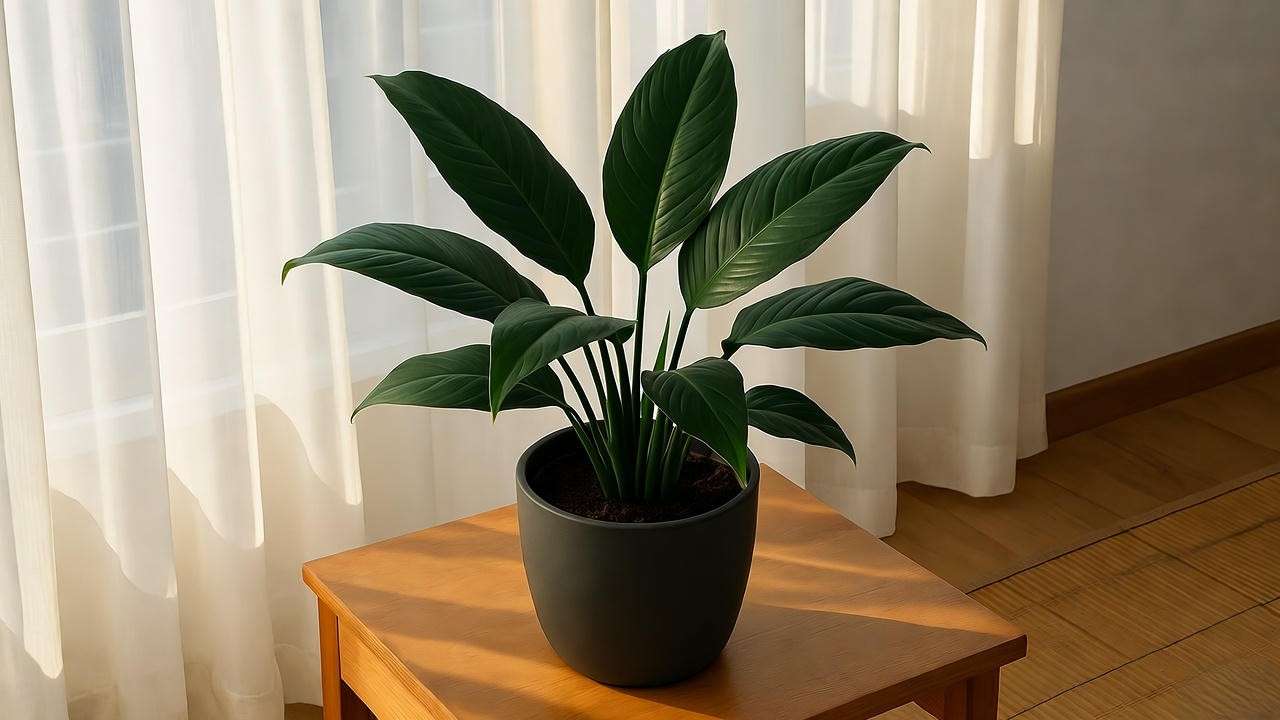
9. FAQs About Janet Craig Plant Care ❓
Q1: How often should I water my Janet Craig plant?
A: Water every 1–2 weeks, allowing the top inch of soil to dry out. Adjust based on light and humidity—less in winter, more in summer.
Q2: Can a Janet Craig plant survive in low light?
A: Yes! It tolerates low light but thrives in bright, indirect light. Avoid deep shade to prevent slow growth or yellowing.
Q3: Why are my plant’s leaves turning brown?
A: Brown tips often indicate low humidity, fluoride in tap water, or over-fertilizing. Use distilled water and increase humidity with a pebble tray.
Q4: Is the Janet Craig plant safe for pets?
A: No, it’s mildly toxic to cats and dogs if ingested, causing vomiting or lethargy. Keep it out of reach of pets.
Q5: How do I know when to repot my plant?
A: Repot every 2–3 years or when roots circle the pot’s interior. Choose a pot 1–2 inches larger with drainage holes.
10. Conclusion 🌟
Your Janet Craig plant can be the star of your indoor jungle with just a little TLC! 🌿 By following these expert tips—providing bright, indirect light, watering sparingly, and addressing issues like brown tips or pests—you’ll enjoy lush, healthy growth for years. Whether you’re a beginner or a plant pro, this guide equips you with everything you need to keep your Dracaena fragrans ‘Compacta’ thriving.
Ready to transform your space? Put these tips into action and watch your Janet Craig plant flourish! Share your success stories in the comments, tag us with #JanetCraigJoy on social media, or explore our other plant care guides for more green inspiration. Happy planting! 😊

